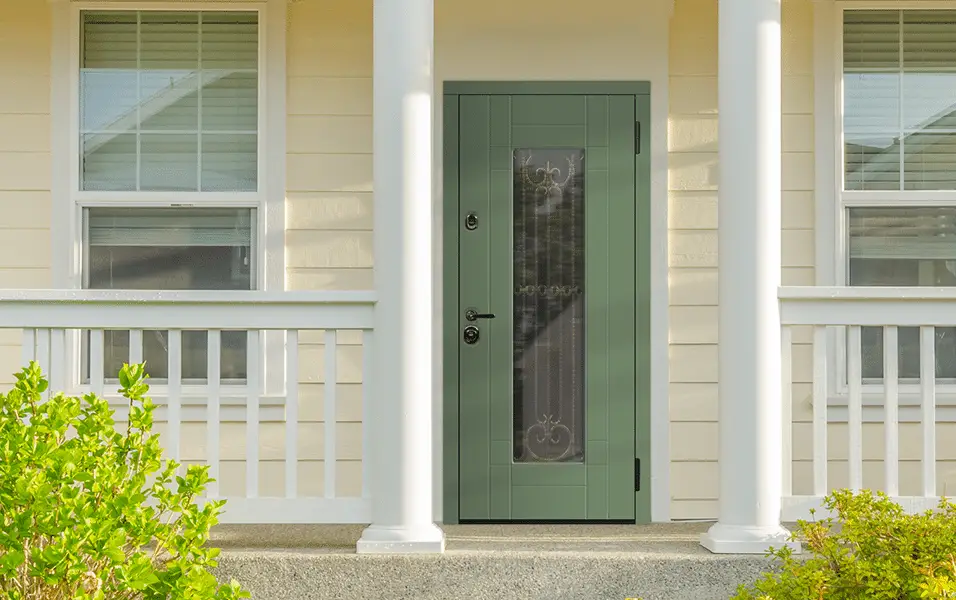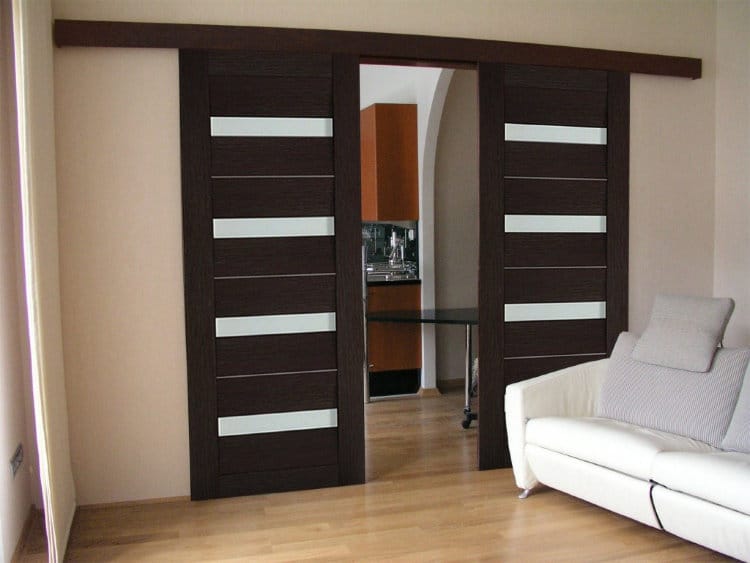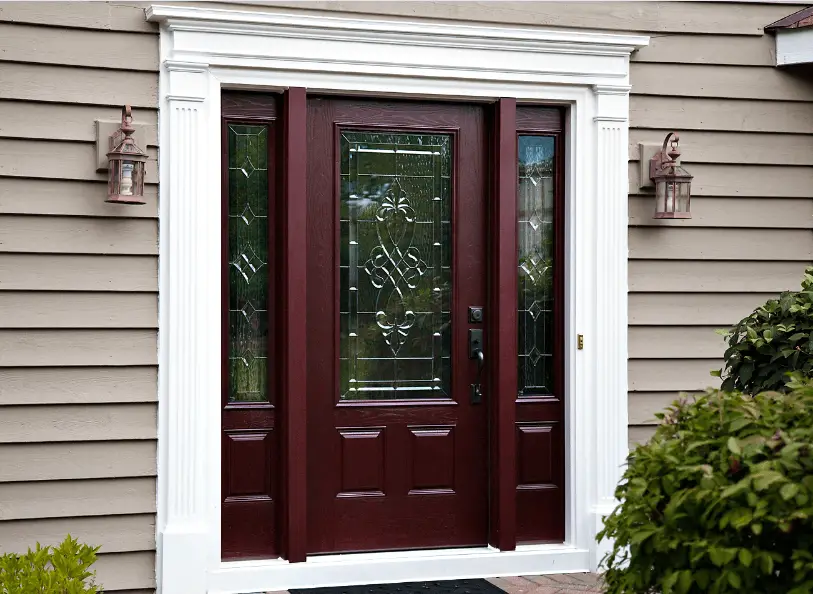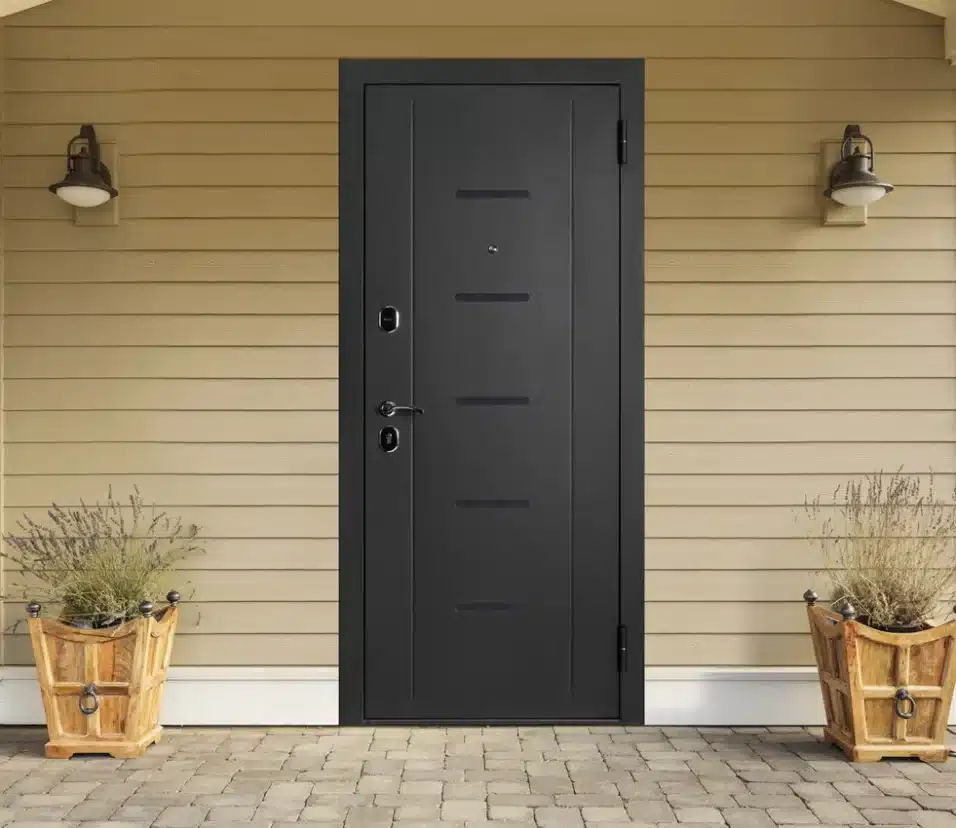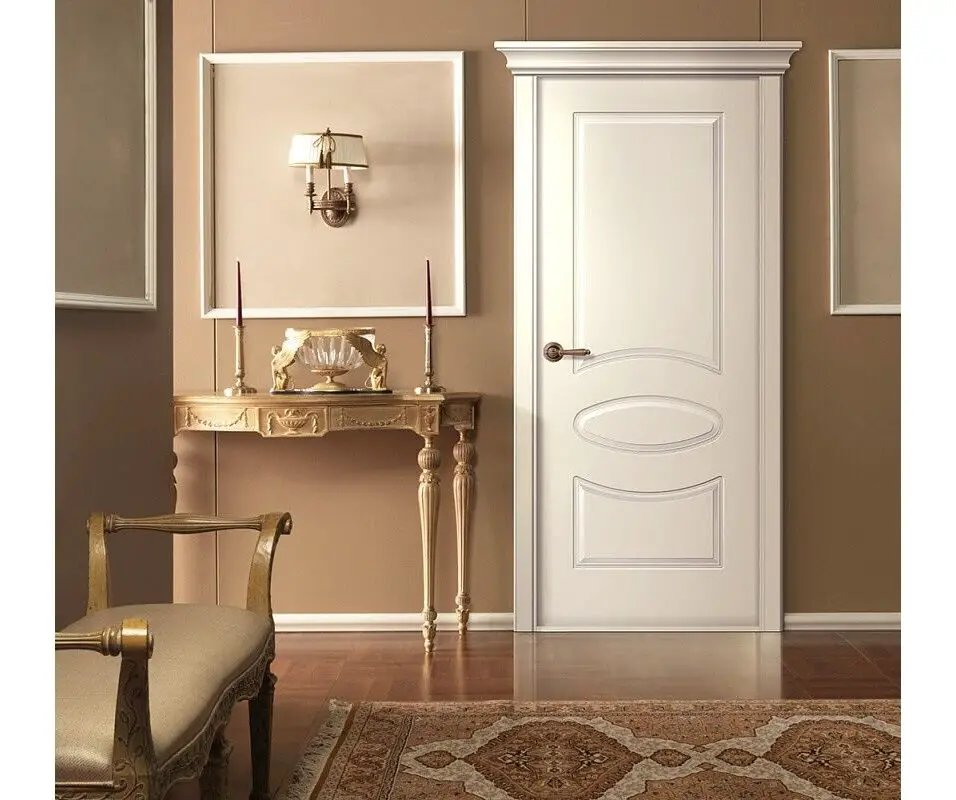How To Seal Glass On An Exterior Front Door
Introduction
How To Seal Glass On An Exterior Front Door: Creating a well-insulated and draft-free environment within your home is a paramount goal for comfort and energy efficiency. One essential aspect of achieving this is properly sealing the glass on your exterior front door. A front door with secure and effectively sealed glass not only prevents drafts and air leaks but also enhances insulation, which can lead to reduced energy consumption and lower utility bills.
The process of sealing glass on an exterior front door involves strategic steps to create an airtight barrier that keeps outdoor elements at bay while maintaining a comfortable indoor environment. This guide provides insights into the techniques and considerations necessary to execute this task effectively. From choosing the right sealant to ensuring a proper application, each step contributes to a well-sealed glass, translating to improved energy efficiency and overall home comfort.
In the following sections, we delve into the specifics of how to achieve an efficient and effective glass seal on your exterior front door. By mastering this process, homeowners can contribute to a more sustainable and cost-effective living space while enjoying the benefits of a snug and well-insulated entrance.
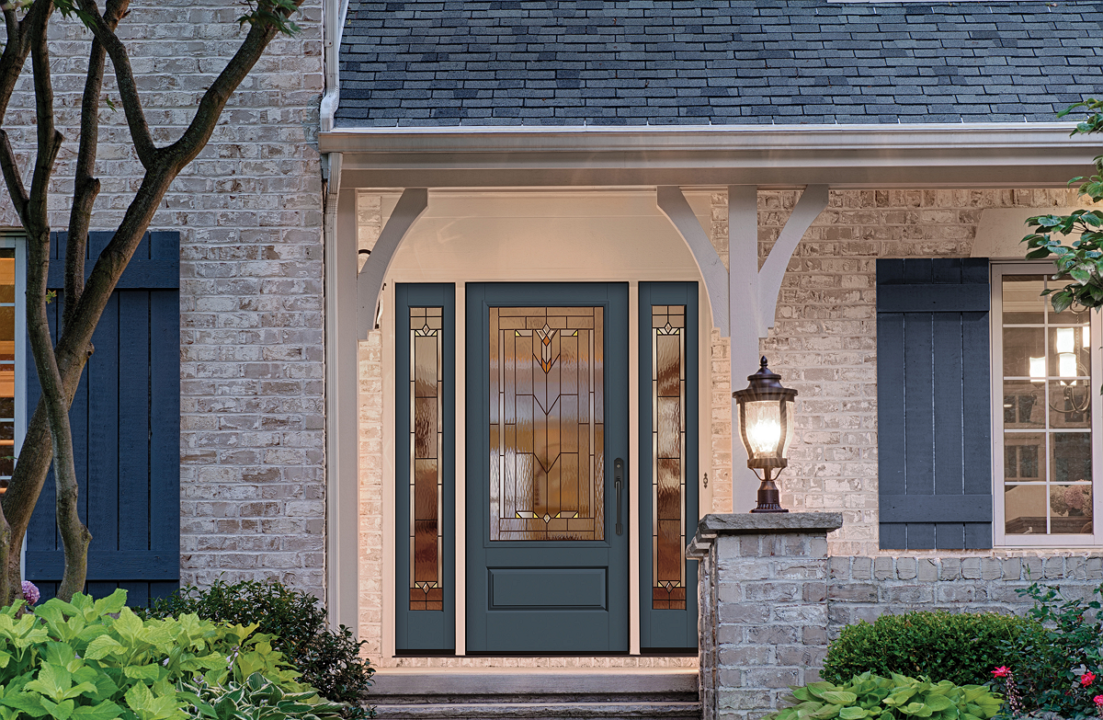
How do you seal exterior glass doors?
A glazing compound, which is similar to a caulk, is applied to the solid sticking side of the door. The glass is bedded into the opening and pushed into the compound to ensure there is a tight seal.
Sealing exterior glass doors is a critical task to enhance energy efficiency, prevent drafts, and maintain a comfortable indoor environment. To effectively seal your exterior glass door, follow these steps:
Begin by ensuring the glass and the surrounding frame are thoroughly cleaned. Remove any dirt, debris, or remnants of old caulking. A clean surface is essential for proper adhesion.
Select the appropriate type of caulk for the job. Silicone or silicone-based caulks are popular choices due to their weather-resistant properties and flexibility. Make sure the caulk is designed for outdoor use and can withstand varying weather conditions.
Inspect the areas around the glass where gaps or openings are present between the glass and the frame. These gaps can allow air infiltration and compromise the door’s insulation.
With a caulking gun, apply a thin, uniform bead of caulk along the identified gaps. Be careful not to apply too much caulk, as excess can create a messy appearance and may not adhere properly.
Use a caulk smoothing tool or your finger to gently smooth and press the caulk into the gaps. This not only improves the seal but also gives it a neat and professional finish.
Allow the caulk to dry and cure according to the manufacturer’s instructions before exposing the door to moisture or weather elements.
Sealing exterior glass doors not only improves insulation but also contributes to a more energy-efficient home. Regularly inspect and maintain the caulk to ensure its effectiveness over time. Properly sealed glass doors provide better comfort, lower energy bills, and a more pleasant living environment.
What is the best exterior glass sealant?
- Best Silicone Window Sealant—Gorilla 8050002 Sealant Interior/Exterior Caulk.
- Best Value Silicone Sealant for Windows—GE 5000 Advanced Silicone 2 for Caulking Gun.
- Best Window Sealant for Large Gaps—Loctite 2243625 Tite Foam Window & Door Sealant.
The choice of the best exterior glass sealant depends on various factors, including the specific application, durability, weather resistance, and personal preferences. However, silicone-based sealants are commonly regarded as one of the top choices for sealing exterior glass due to their excellent qualities.
Silicone sealants are known for their exceptional flexibility, water resistance, and durability, making them well-suited for outdoor applications. They can withstand varying temperatures and weather conditions without deteriorating or losing their effectiveness. Additionally, silicone sealants have strong adhesive properties, ensuring a reliable and long-lasting seal.
When selecting a silicone sealant, opt for one that is labeled “weatherproof” or “exterior.” These formulations are designed to withstand exposure to sunlight, rain, and temperature fluctuations.
Other factors to consider include:
1. UV Resistance: Choose a sealant with UV-resistant properties to prevent it from breaking down or yellowing when exposed to sunlight.
2. Mold and Mildew Resistance: Look for sealants that are resistant to mold and mildew growth, especially if you live in a humid environment.
3. Ease of Application: Some sealants come in easy-to-use squeeze tubes or cartridges, which can make the application process smoother.
4. Clear vs. Colored: Depending on your preference, you can choose clear sealants that are nearly invisible or colored ones that match the door’s frame.
5. Brand and Reviews: Research reputable brands and read reviews from others who have used the sealant to ensure its quality and performance.
What is the best thing to seal glass with?
Silicone glue is a lot more flexible. It is also commonly more weather-resistant than other glues, meaning it can hold up in extreme temperatures. For that reason, this adhesive is the best for creating seals on and repairing, windows or windshields.
One of the best materials to seal glass with is silicone-based sealant. Silicone sealants are widely recognized for their exceptional properties when it comes to sealing glass. They offer excellent adhesion to glass surfaces, providing a secure and long-lasting seal. Silicone sealants are flexible, which is crucial as glass can expand and contract due to temperature changes. This flexibility prevents cracks or gaps from forming in the seal over time.
Furthermore, silicone sealants are resistant to water, UV rays, and weather extremes. This makes them well-suited for outdoor applications, including sealing glass windows and doors. They remain stable and effective even in varying conditions, ensuring that the seal remains intact and performs its intended function.
When selecting a silicone sealant, opt for a product specifically designed for glass or exterior use. Look for features like UV resistance and mold/mildew resistance if applicable to your environment. Clear silicone sealants are popular for their inconspicuous appearance, blending well with glass and frames. Ensure proper application by cleaning the glass surface thoroughly and applying the sealant according to the manufacturer’s instructions.
Silicone-based sealants are the go-to choice for sealing glass due to their adhesion, flexibility, water resistance, and ability to withstand outdoor conditions.
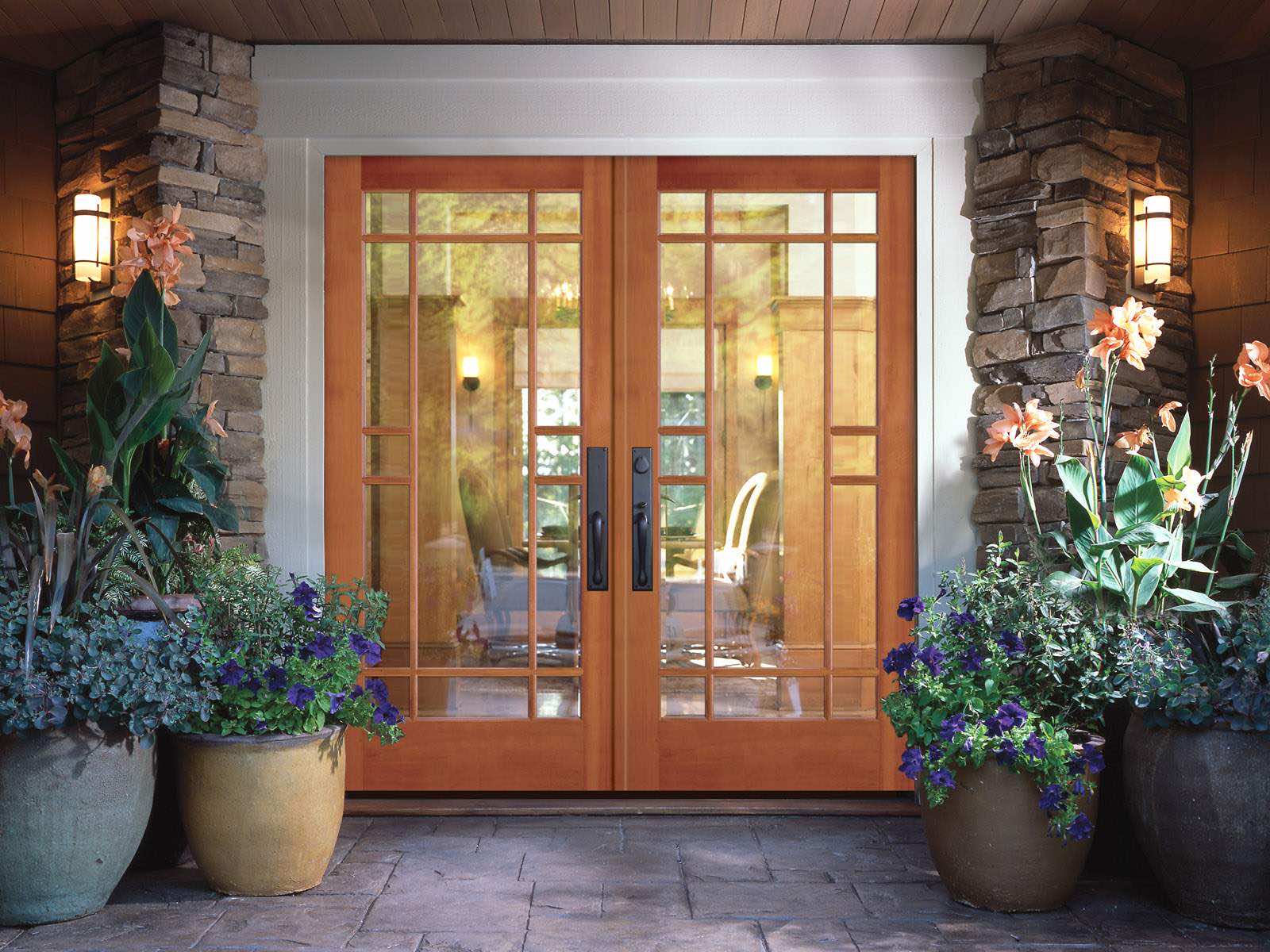
How do you seal the glass on an exterior front door?
Sealing the glass on an exterior front door is a straightforward process that can greatly enhance energy efficiency and comfort. To get started, thoroughly clean both the glass surface and the surrounding frame. This step is crucial to ensure proper adhesion of the sealant.
Next, choose a high-quality silicone-based sealant designed for exterior applications. Look for sealants with features like UV resistance and weatherproofing, as these qualities contribute to the sealant’s longevity and effectiveness in outdoor conditions.
Load the chosen sealant into a caulking gun, and begin the application process. Starting at one corner of the glass, apply a thin and continuous bead of sealant along the perimeter where the glass meets the frame. Make sure to cover any gaps or openings that might allow drafts or moisture infiltration.
After applying the sealant, use a caulk smoothing tool or your finger to gently smooth and shape the bead. This step not only enhances the appearance but also ensures a proper seal. Allow the sealant to dry and cure according to the manufacturer’s instructions before subjecting the door to moisture or weather elements.
Regularly inspect the sealant for any signs of wear, and perform maintenance as needed to ensure its ongoing effectiveness. By sealing the glass on your exterior front door, you’re not only preventing drafts and leaks but also contributing to a more energy-efficient and comfortable living space.
Is it easy to replace glass in front door?
For doors with removable glass panels held in place by moldings or frames, the process can be relatively straightforward. You would need to carefully remove the moldings, take out the old glass, and insert the new glass. Ensure proper measurements and consider any insulation or weatherproofing elements during installation.
However, if the door has intricate designs or if the glass is integrated into the door’s structure, replacement can be more complex. In such cases, seeking professional help is advisable to ensure proper installation and avoid damaging the door or compromising its integrity.
It’s essential to prioritize safety, wear protective gear, and work cautiously when handling glass to prevent injuries. If you’re uncertain about the process or if the door is specialized, consulting a professional glazier or contractor can ensure a successful and safe glass replacement, enhancing the aesthetics and functionality of your front door.
How do you seal the the glass on an exterior front door?
Sealing the glass on an exterior front door is a vital step to enhance insulation and prevent air leaks. To start, ensure the glass and the frame are clean and free from debris, using a glass cleaner if necessary.
Select a high-quality silicone-based sealant designed for exterior applications. This type of sealant is known for its weather resistance, flexibility, and durability, making it ideal for withstanding the outdoor elements.
Using a caulking gun, apply a continuous bead of sealant around the perimeter where the glass meets the frame. Ensure the bead is uniform and completely covers any gaps or openings to prevent drafts.
Once the sealant is applied, use a caulk smoothing tool or your finger dipped in soapy water to gently smooth the sealant. This step helps create a neat finish and ensures a strong bond.
Allow the sealant to dry and cure according to the manufacturer’s instructions before subjecting the door to any moisture or weather conditions.
Regularly inspect the sealant for signs of wear or damage, and reapply as needed to maintain its effectiveness.
Sealing the glass on your exterior front door not only improves energy efficiency but also contributes to a comfortable and well-insulated living space.
What prevents drafts when sealing the glass on an exterior front door?
Sealing the glass on an exterior front door is crucial for preventing drafts and maintaining a comfortable indoor environment. Drafts often occur due to gaps or openings around the glass that allow outside air to infiltrate. Here’s how sealing the glass effectively prevents drafts:
1. Air-Tight Seal: When you apply a high-quality silicone-based sealant around the perimeter where the glass meets the frame, you create an air-tight barrier. This seal prevents the passage of air between the glass and the frame, effectively blocking drafts from entering your home.
2. Elimination of Gaps: The sealant fills in any gaps or openings that might exist due to wear, age, or improper installation. By creating a continuous seal, you ensure that there are no spaces for cold or warm air to seep in.
3. Flexible Barrier: Silicone-based sealants remain flexible even after drying. This flexibility accommodates any slight movements or expansion and contraction of the door due to temperature changes. As a result, the seal remains intact and effective in preventing drafts over time.
4. Weather Resistance: Many high-quality sealants are designed to withstand various weather conditions, including temperature fluctuations and exposure to UV rays. This durability ensures that the seal remains robust and draft-free, even in challenging outdoor environments.
By properly sealing the glass on your exterior front door, you create an efficient barrier that keeps outdoor air out and indoor comfort in. This not only prevents drafts but also contributes to energy efficiency and reduces heating or cooling costs.
Any tips for enhancing insulation while sealing glass on an exterior front door?
To enhance insulation while sealing the glass on an exterior front door, several strategies can be employed. Begin by selecting a high-quality silicone-based sealant known for its insulation properties. Opt for a sealant with attributes like thermal resistance and energy efficiency, which contribute to better insulation performance.
Consider complementing glass sealing with insulating weatherstripping along the door frame. This additional step reinforces the prevention of drafts and complements the insulation efforts, creating a more comprehensive seal against the outdoor elements.
For situations where greater insulation is desired, applying multiple layers of sealant can be effective. After each layer is applied, ensure it dries thoroughly before adding the next. This approach helps build up the sealant’s thickness, enhancing its insulating capabilities.
While sealing the glass is crucial, don’t overlook the significance of sealing gaps around the door frame. Ensure that any openings or gaps are properly filled with sealant to create a seamless and comprehensive barrier against drafts and temperature fluctuations.
By combining these tips, you can achieve optimal insulation while sealing the glass on your exterior front door. This not only promotes a more energy-efficient home but also enhances comfort by preventing drafts and maintaining a stable indoor temperature.

Conclusion
The process of sealing the glass on an exterior front door is a practical and impactful endeavor that greatly contributes to both comfort and energy efficiency. By following the steps outlined in this guide, homeowners can ensure that their front doors provide a secure barrier against drafts, air leaks, and outdoor elements.
A well-sealed glass door not only prevents undesirable drafts but also enhances insulation, thereby reducing the need for excessive heating or cooling. This leads to a more stable indoor temperature, increased comfort, and ultimately, reduced energy consumption and lower utility bills.
Furthermore, the act of sealing the glass on an exterior front door aligns with sustainable practices by minimizing energy waste. It reinforces the overall energy efficiency of your home and reduces your carbon footprint. Additionally, the improved insulation can extend the lifespan of your door and contribute to a more comfortable living environment year-round.
By dedicating attention to this seemingly small yet impactful task, homeowners can enjoy the long-term benefits of enhanced insulation, cost savings, and an overall more pleasant living experience. Sealing the glass on your exterior front door isn’t just about keeping drafts out; it’s about creating a home that’s both energy-efficient and welcoming.




